The United Kingdom-based charity organization Oxfam International announced the success of its blockchain-based delivery system of microinsurance to paddy field farmers in Sri Lanka.
In a Nov. 4 press release, Etherisc announced that Oxfam’s blockchain-based insurance system had made pay-outs to Sri Lankan farmers who continue to risk losing their crops due to extreme weather events. Blockchain reduces costs and increases pay-outs Oxfam in Sri Lanka, together with its partners Etherisc and Aon plc, will now continue to seek solutions to some of the challenges that will present themselves as the new cropping season starts in the month of November. In the past, issues such as lack of affordable and reliable insurance products, a lack of understanding about how insurance would help a farmer survive, and when and how a claim would be paid, have always acted as major barriers that prevented farmers from utilizing insurance. However, the use of blockchain technology can transform and simplify the insurance claims process, which results in reduced administration costs and a higher percentage of premiums being used for fully trusted pay-outs. Chief inclusive officer at Etherisc Michiel Berende said: “We are proud to have real-world, on-the-ground success from a blockchain solution for microinsurance [...] We are delighted with the first phase results and we are excited to drive on and help more farmers.” Oxfam continues to use stablecoins to distribute aid In June, Oxfam partnered with Australian tech startup Sempo and blockchain company ConsenSys to test stablecoin Dai’s (DAI) suitability for aid in regions suffering from natural disasters. With the support of the Australian government, a philanthropic initiative was launched and dubbed UnBlocked Cash. Oxfam and Sempo reportedly chose the world’s most natural disaster-prone country, Vanuatu, to test the system. In September, Oxfam initiated the pilot program’s second phase to further distribute disaster relief. Joshua Hallwright, Oxfam Australia’s humanitarian lead, told Cointelegraph in June that it was “highly likely that Oxfam will use stablecoins or other distributed ledger technologies to provide cash aid in disaster responses in the future, either in Vanuatu or elsewhere.” Source - https://cointelegraph.com
ScaleAgData Stakeholder Engagement Event
22.10.2024The ScaleAgData project is pleased to invite you to our second stakeholder event. Building on the discussions and connections formed during our first webinar, this event will focus on fostering collaboration among stakeholders, providing updates on our project’s progress, and outlining future opportunities for engagement.
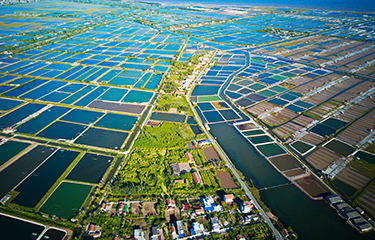
Pangasius welfare initiative set for launch in Vietnam
FAI and Fresh Studio have launched a new partnership to develop and publish Vietnam’s first pangasius welfare assessment protocol, designed to enhance the performance and sustainability of the nation’s aquaculture sector.
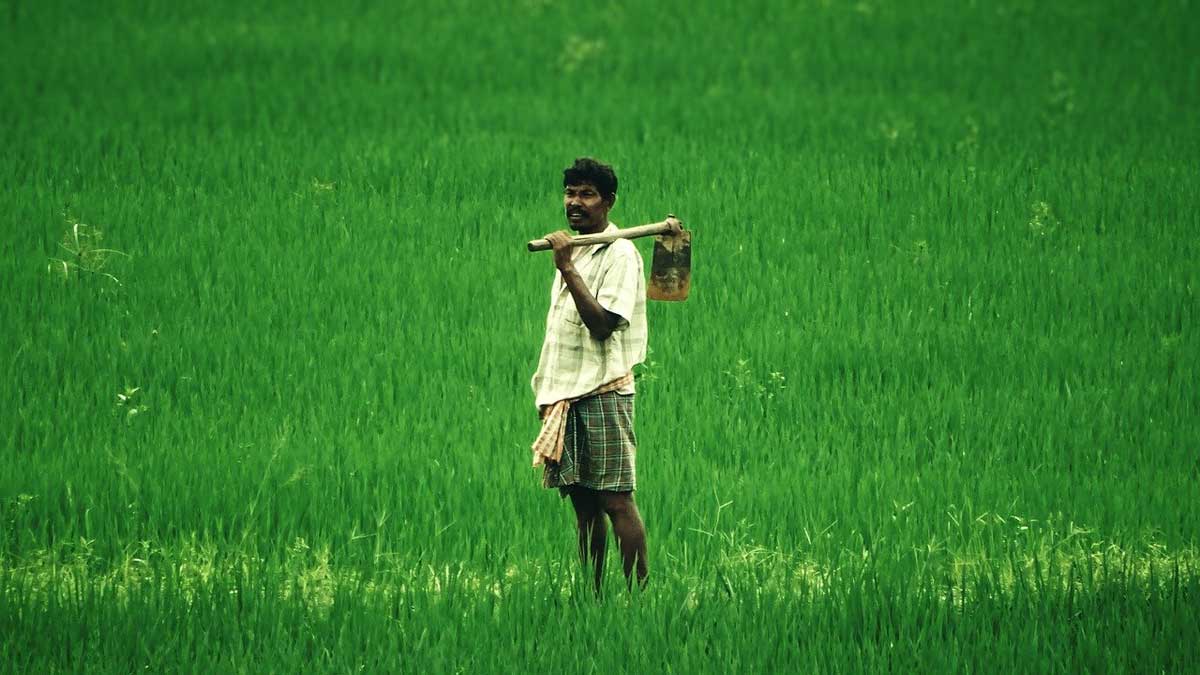
India - TN govt allocates ₹289.63 cr as crop relief for farmers
The Tamil Nadu government has approved ₹289.63 crore in relief funds to help farmers whose crops were damaged by unseasonal rains and severe weather.
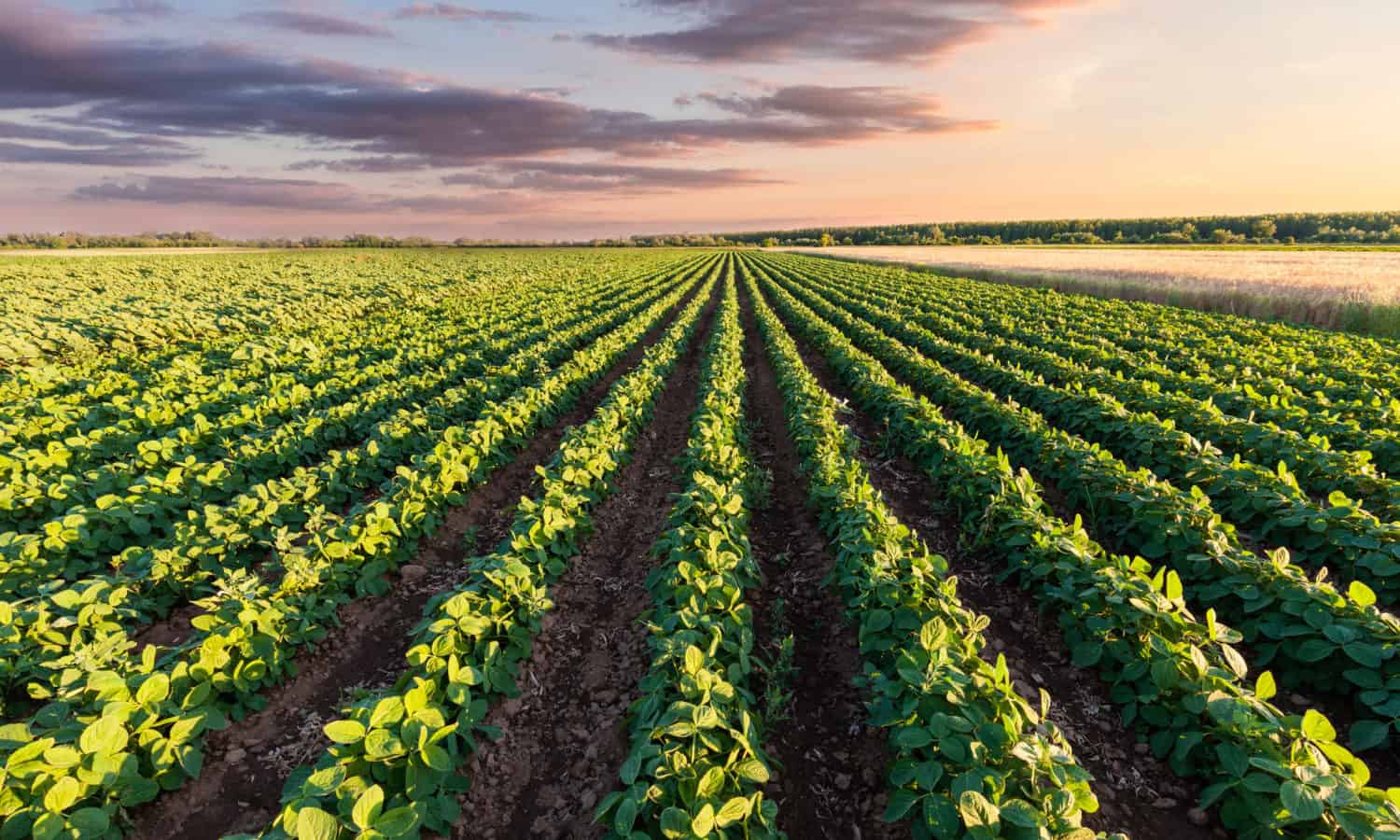
Mexico Joins FAO Projects to Boost Sustainable Agriculture
Mexico will participate in a new package of projects approved by the UN Food and Agriculture Organization (FAO) aimed at strengthening sustainable agriculture and climate resilience.
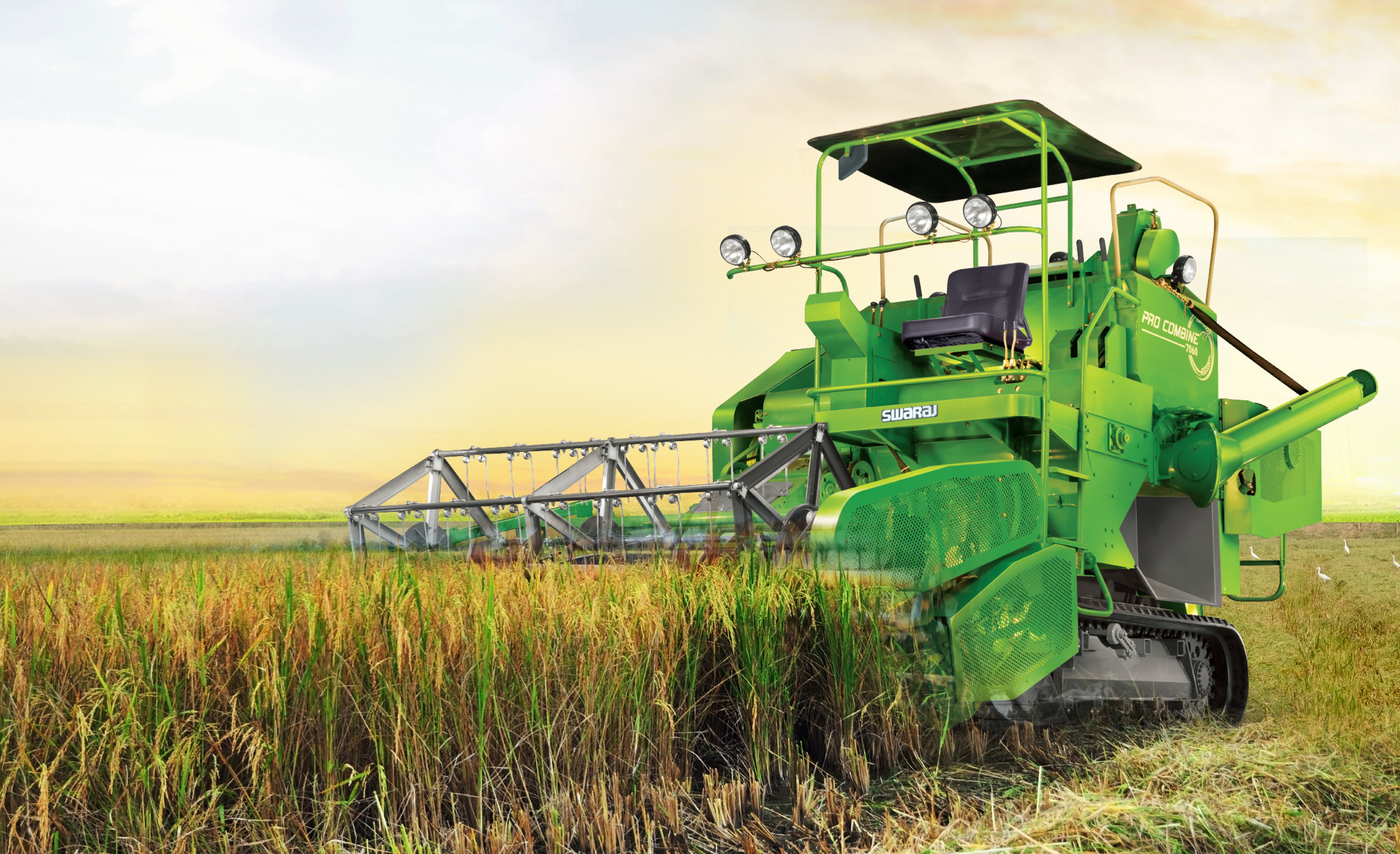
USA - Machinery Costs Highlight Scale Advantages for Crop Farms
Benchmark machinery costs against those of similar-sized, high-performing operations to inform equipment and investment decisions.

As Bird Flu Pushes Egg Prices Higher, Japan’s Agriculture Ministry Plans Reserves of Frozen Liquid Egg
To brace for potential egg shortages driven by outbreaks of highly pathogenic avian influenza, the Agriculture, Forestry and Fisheries Ministry is moving to expand the use of processed eggs that can be stored for long periods.
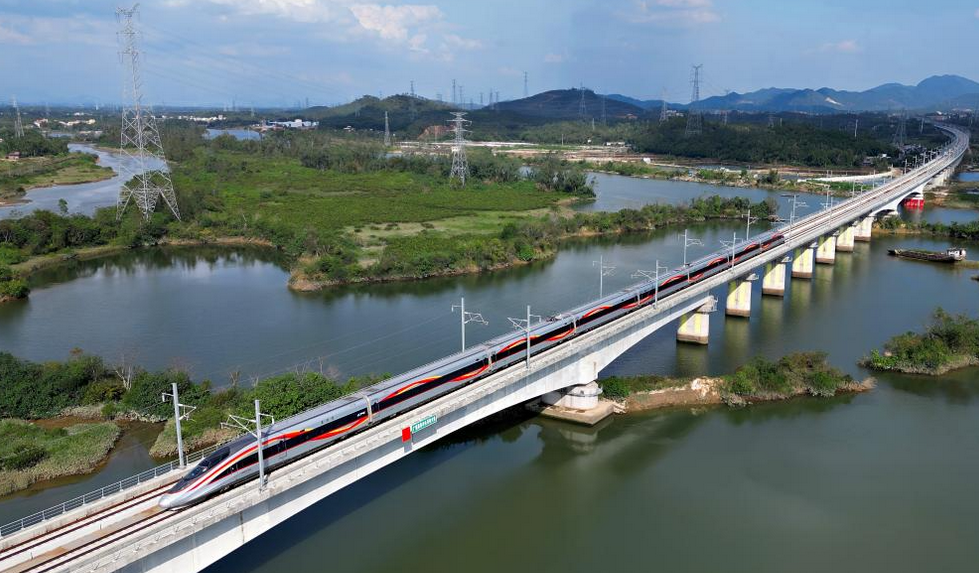
China - Two new high-speed rail lines boost agriculture, industry in Guangdong
Train number G9785 was ready to depart Guangzhou Baiyun Railway Station at 10:30 am on Monday for Zhanjiang in western Guangdong province, marking the official commencement of the newly built Guangzhou-Zhanjiang high-speed railway.
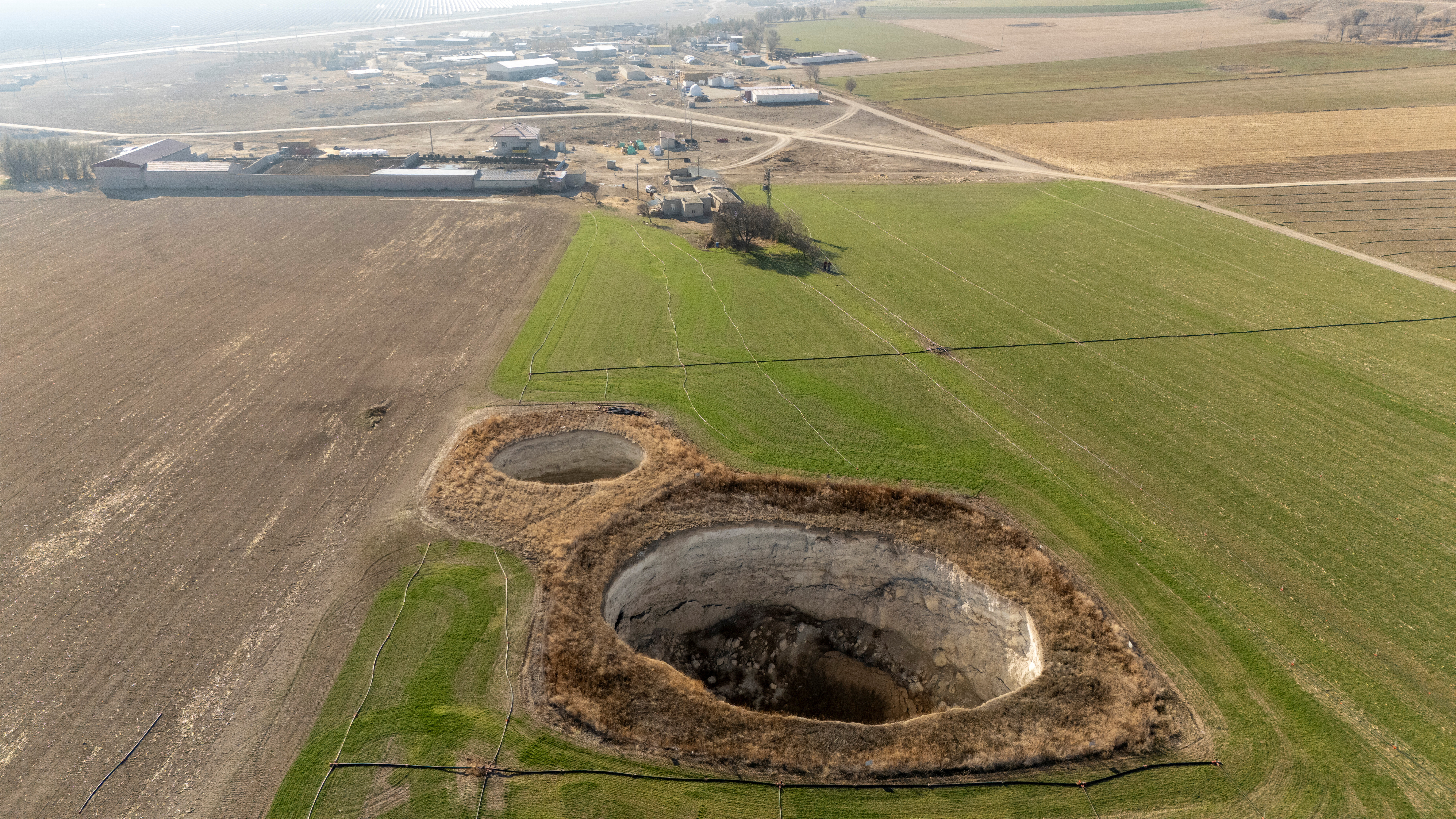
Sinkholes in Turkey's agricultural heartland fuel farmers' concerns
Hundreds of sinkholes have emerged in Turkey's central agricultural region due to dwindling rainfall and receding groundwaters, causing concern among farmers and environmental experts who see it as a worrying sign of climate change.

Ghana - Agriculture Minister launches $147.3m PROSPER Project to modernise agriculture, support 420,000 farmers
The Minister for Food and Agriculture, Eric Opoku, has launched a national agricultural intervention project dubbed the Promoting Rural Opportunities, Sustainable Profits and Environmental Resilience (PROSPER) Project, aimed at modernising Ghana’s agricultural sector and improving the livelihoods of about 420,000 beneficiaries across eight regions.




